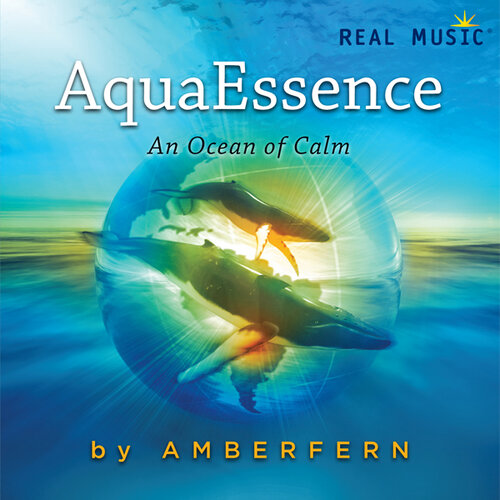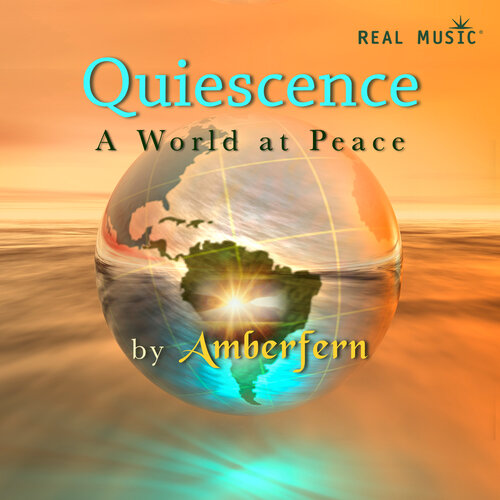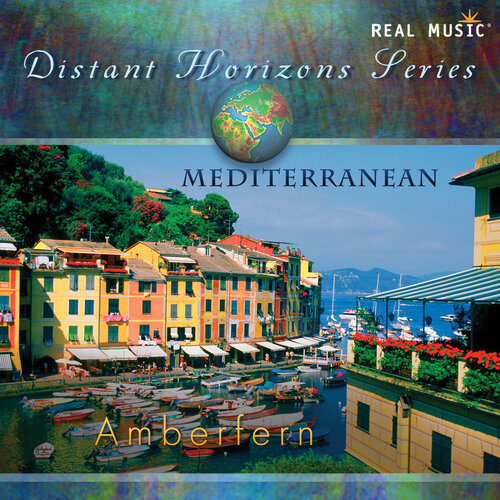This website uses cookies so that we can provide you with the best user experience possible. Cookie information is stored in your browser and performs functions such as recognising you when you return to our website and helping our team to understand which sections of the website you find most interesting and useful.
Amberfern
Amberfern is Dr. Clive Brooks, a composer of relaxing chill-out music living on England’s South West coast. The artist name Amberfern came from the ferns that grow throughout the nearby woodlands, and in the autumn turn a golden amber color. Most of his influences come from nature and the natural world. In his 2013 release AquaEssence, these influences come direct from the ocean which he now lives alongside.
Music has been his encompassing passion over the last thirty years. In addition to producing his own music, he is also the author of twelve books, holds a Bachelor’s degree in Cultural Studies and a PhD. in Business.
As Amberfern, he plays a wide variety of instruments including assorted types of guitars, basses, piano, keyboards, synthesizers, drums, percussion, ethnic flute and hand drums, together with a growing number of unusual and evocative world instruments. He generally works alone, enjoying the flexibility of being able to work calmly, slowly and expressively within his own studio space.
However, he can also often be found composing out on location. He calls this his “sound sketching”. He uses simple musical recording tools on an Apple iPad or MacBook Air and tries to capture the overall essence and immediacy of the location surrounding him, working with sounds in much the same way that an impressionistic painter works with paints.
These sound sketches are then taken back to his studio for further development. Examples of this technique in action can be found on the tracks “Paleokastritas” from the Quiescence: A World at Peace album, which started life on location on the Island of Corfu in Greece, and “Deya” from the Distant Horizons: Mediterranean album, which was conceived on a mountaintop in Majorca, Spain.
Although new and experimental in approach, Amberfern’s relaxing music is appealing, accessible, and easy for everyone to enjoy. The expansive Amberfern signature sound is produced by combining a variety of ethnic instruments with organic field recordings and gentle synthesis to evoke essences of distant landscapes and seascapes, with the intention of projecting listeners into unusual, often exotic places as they bathe in the music and relax.




